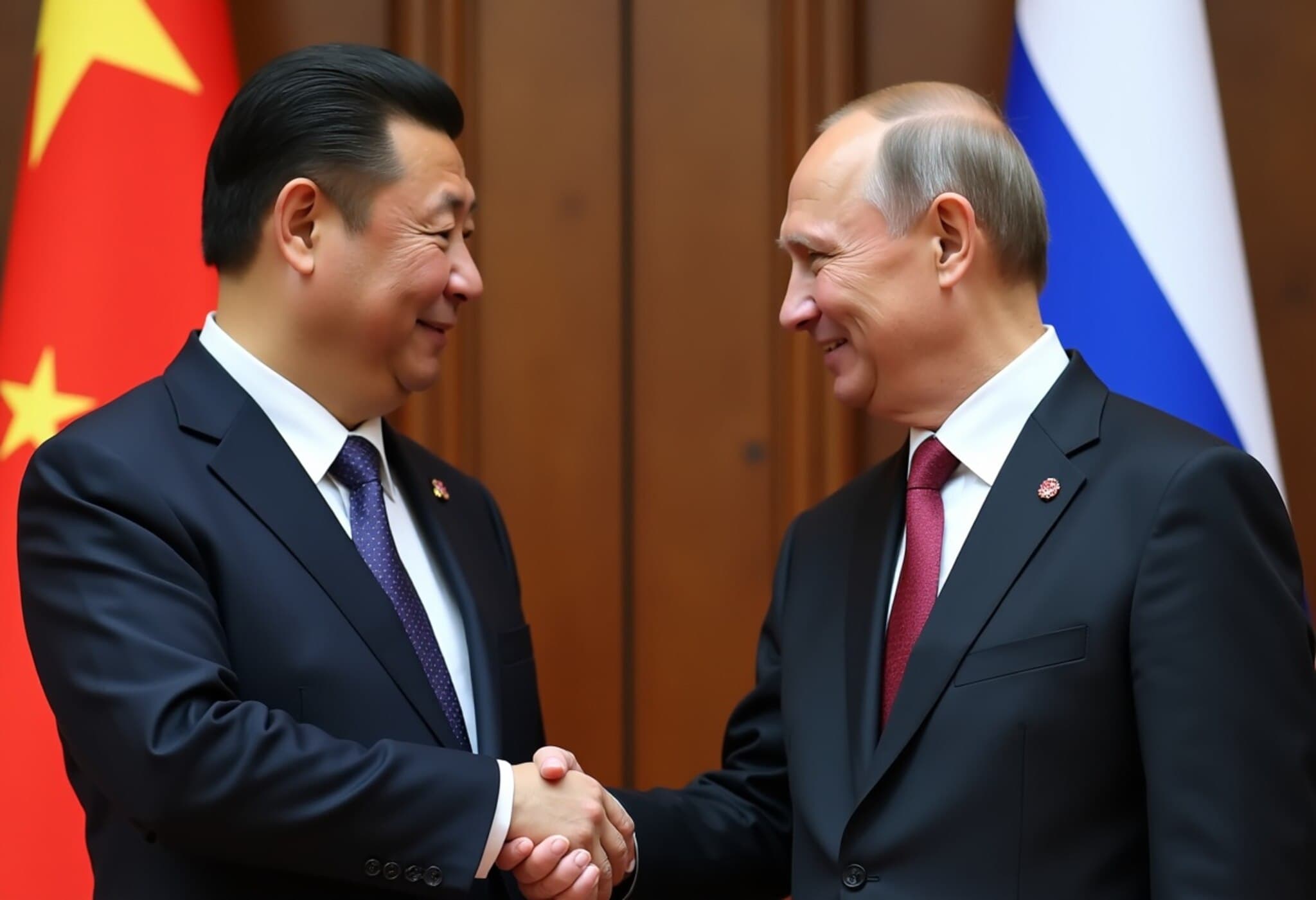South Korea’s Map Data Dilemma: A Barrier for Google Maps and Global Travelers
In a world where digital maps have become an indispensable tool for navigation, South Korea remains a notable outlier. Unlike nearly every other technologically advanced nation, Google Maps struggles to offer accurate and comprehensive navigation here. That’s because the South Korean government has long restricted access to detailed mapping data, favoring domestic providers and citing national security concerns.
However, a pivotal decision looms on August 11, 2025, when South Korean authorities will decide whether to grant Google’s longstanding request to export detailed mapping data to overseas servers. This move could finally enable Google Maps to offer reliable directions and route planning for both locals and the millions of tourists visiting the country annually.
Why South Korea’s Map Data Remains Off Limits
Alongside China and North Korea, South Korea is one of the few countries where Google Maps does not function properly. Instead, the digital map landscape here is dominated by local tech giants Naver and Kakao. These companies hold exclusive rights to the country's mapping data, which must be stored on domestic servers in compliance with strict confidentiality and data sovereignty laws.
Currently, Google licenses basic location data from these local providers, allowing it to display landmarks and businesses. But the company cannot offer the full navigation service that users in other countries take for granted because it lacks access to the essential underlying mapping data.
Security vs. Innovation: The Core of the Debate
The South Korean government has repeatedly denied Google's requests, citing national security concerns given the sensitive nature of the geographic information involved. Google counters that the same map data they seek to use is already accessed by domestic companies and assures that it has taken measures to remove or blur sensitive locations after thorough security reviews.
Moreover, Google's representatives emphasize the global nature of their server network, which distributes and processes navigational data in real time—crucial for enabling accurate, up-to-date directions instantaneously worldwide, including for foreign visitors navigating South Korea.
On the flip side, local industry groups like The Korean Association of Spatial Information, Surveying and Mapping (Kasm), representing thousands of companies, fear that granting Google access could lead to monopolization by a foreign tech giant, potentially destabilizing the local mapping ecosystem. Kasm states that a recent survey of its members showed 90% opposition to Google's request, underscoring industry apprehension about losing competitive ground.
Potential Compromise and Its Challenges
In an effort to balance these competing interests, the government proposed that Google could access detailed map data if it established local data centers within South Korea—mirroring what local competitors have done. Yet, experts warn this measure alone may not fully alleviate concerns, as real-time global data processing typically occurs outside these servers.
Furthermore, concentrating data locally poses its own risks. A 2022 fire at one of Kakao’s data centers led to a severe disruption in multiple services, illustrating the fragility and potential vulnerabilities of centralized data storage.
The Broader Impact on Tourism and Innovation
The curtailment of detailed, accessible map data has tangible consequences for tourism—a vital sector of South Korea’s economy. Visitors frequently voice frustration over difficulties navigating the country without global standard mapping tools. Local startups and tech innovators argue that these restrictions stifle the development of globally competitive services and applications.
Notably, this isn’t Google’s first attempt. Its previous requests for expanded map data access were also blocked during government reviews in 2007 and 2016. The stakes are also high politically; the U.S. trade office has flagged South Korea’s mapping data restrictions as a “non-tariff trade barrier,” adding complexity to the economic relationship between the two nations.
Looking Ahead: What This Means For South Korea and Beyond
The upcoming decision highlights a critical crossroads not just for South Korea but for democracies grappling with the intersection of digital sovereignty and economic openness. It raises urgent questions about how nations can safeguard sensitive information without stifling innovation and integration into the global digital economy.
For travelers, technology enthusiasts, and policy watchers, the outcome could redefine how South Koreans and visitors alike experience maps and digital navigation in one of Asia’s most dynamic countries.
Editor’s Note
South Korea’s dilemma encapsulates a broader challenge: balancing national security with the demands of a rapidly evolving digital world that thrives on data sharing and connectivity. As governments worldwide navigate these tensions, the question remains—how to protect sovereignty without shutting the door on innovation? As this story develops, it will be vital to watch how South Korea’s decision influences international standards for digital data governance and the future landscape of global navigation services.



















